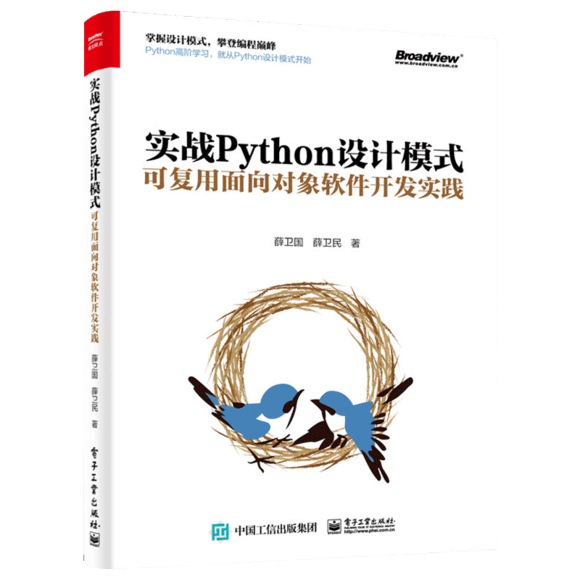C++核心准则SL.con.3:避免越界错误

SL.con.3: Avoid bounds errors
SL.con.3:避免越界错误
Reason(原因)
Read or write beyond an allocated range of elements typically leads to bad errors, wrong results, crashes, and security violations.
超越分配得到的范围读写元素通常会导致恶劣的错误,不正确的结果,冲突,和安全违反。
Note(注意)
The standard-library functions that apply to ranges of elements all have (or could have) bounds-safe overloads that take span. Standard types such as vector can be modified to perform bounds-checks under the bounds profile (in a compatible way, such as by adding contracts), or used with at().
适用于某个范围内元素的标准库函数都有(或会有)一个适用span参数的边界安全的重载函数。类似vector的标准类型可以被改写以便执行符合边界规则群组要求的边界检查(以兼容的方式,例如通过增加契约)或者通过at()访问元素。
Ideally, the in-bounds guarantee should be statically enforced. For example:
理想情况下,应该静态实现边界内保证。例如:
a range-for cannot loop beyond the range of the container to which it is applied
范围for循环不会超越它操作的容器的范围。
a v.begin(),v.end() is easily determined to be bounds safe
v.begin(),v.end()这种用法很容易判断是否边界安全。
Such loops are as fast as any unchecked/unsafe equivalent.
这样的循环和不检查边界、不保证安全的等价物同样快。
Often a simple pre-check can eliminate the need for checking of individual indices. For example
通常,简单的事前检查可以消除检查独立索引的需要。例如:
for v.begin(),v.begin()+i the i can easily be checked against v.size()
对于v.begin(),v.begin()+i,i可以简单的通过v.size()进行检查。
Such loops can be much faster than individually checked element accesses.
这样的循环可以比逐个检查元素访问的情况快很多。
Example, bad(反面示例)
void f()
{
array a, b;
memset(a.data(), 0, 10); // BAD, and contains a length error (length = 10 * sizeof(int))
memcmp(a.data(), b.data(), 10); // BAD, and contains a length error (length = 10 * sizeof(int))
}
Also, std::array<>::fill() or std::fill() or even an empty initializer are better candidate than memset().
同样,std::array<>::fill()或std::fill(),甚至空初始化器都可以作为memset的更好选择。
Example, good(范例)
void f()
{
array a, b, c{}; // c is initialized to zero
a.fill(0);
fill(b.begin(), b.end(), 0); // std::fill()
fill(b, 0); // std::fill() + Ranges TS
if ( a == b ) {
// ...
}
}
Example(示例)
If code is using an unmodified standard library, then there are still workarounds that enable use of std::array and std::vector in a bounds-safe manner. Code can call the .at() member function on each class, which will result in an std::out_of_range exception being thrown. Alternatively, code can call the at() free function, which will result in fail-fast (or a customized action) on a bounds violation.
如果代码使用的是未经修改的标准库,仍然有变通的办法以边界安全的方式使用std::array和std::vector。代码可以调用每个类的.at()成员函数,它可以抛出std::out_of_range异常。或者,代码可以调用at()自由函数,它在边界违反时会触发快速失败(或者自定义的动作)。
void f(std::vector& v, std::array a, int i)
{
v[0] = a[0]; // BAD
v.at(0) = a[0]; // OK (alternative 1)
at(v, 0) = a[0]; // OK (alternative 2)
v.at(0) = a[i]; // BAD
v.at(0) = a.at(i); // OK (alternative 1)
v.at(0) = at(a, i); // OK (alternative 2)
} Enforcement(实施建议)
Issue a diagnostic for any call to a standard-library function that is not bounds-checked. ??? insert link to a list of banned functions
发行一个检查,已确认所有对没有边界检查的标注库函数的调用。???插入禁止函数列表的链接。
This rule is part of the bounds profile.
本规格是边界准则群组的一部分。
原文链接
https://github.com/isocpp/CppCoreGuidelines/blob/master/CppCoreGuidelines.md#slcon3-avoid-bounds-errors
新书介绍
《实战Python设计模式》是作者最近出版的新书,拜托多多关注!

本书利用Python 的标准GUI 工具包tkinter,通过可执行的示例对23 个设计模式逐个进行说明。这样一方面可以使读者了解真实的软件开发工作中每个设计模式的运用场景和想要解决的问题;另一方面通过对这些问题的解决过程进行说明,让读者明白在编写代码时如何判断使用设计模式的利弊,并合理运用设计模式。
对设计模式感兴趣而且希望随学随用的读者通过本书可以快速跨越从理解到运用的门槛;希望学习Python GUI 编程的读者可以将本书中的示例作为设计和开发的参考;使用Python 语言进行图像分析、数据处理工作的读者可以直接以本书中的示例为基础,迅速构建自己的系统架构。
觉得本文有帮助?请分享给更多人。
关注微信公众号【面向对象思考】轻松学习每一天!
面向对象开发,面向对象思考!
